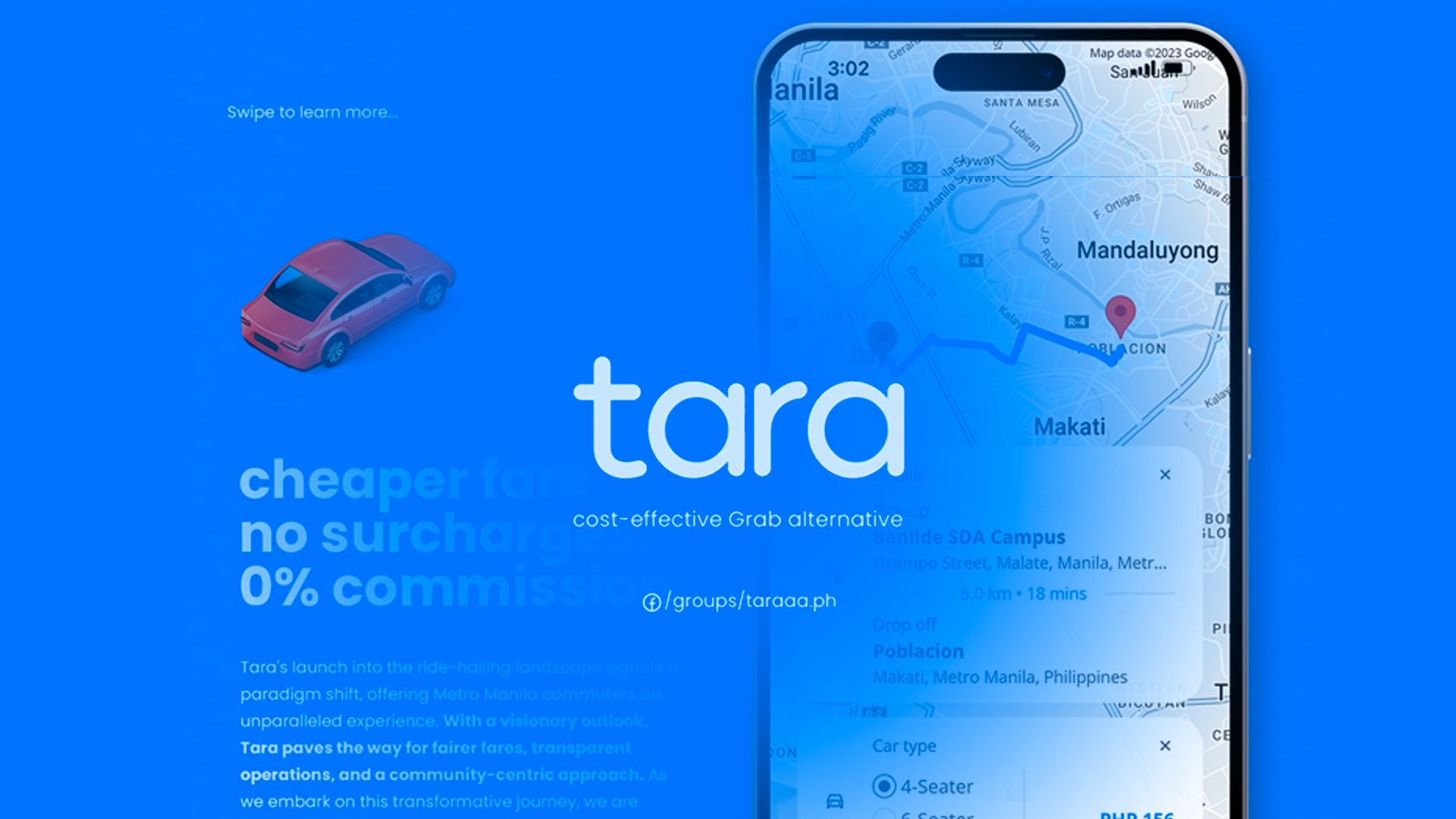Dee said that the app will serve as the “beacon of change” in the ride-hailing industry by providing cheaper fares with “strictly no surcharges.” Dee also claimed that it would abide by the fare matrix set by the Land Transportation Franchising and Regulatory Board (LTFRB), but would still allow users to save up to P300 for long distance and rush hour trips.
Tara will also not take any cut of fares from its drivers and will allocate 80% of its ad revenue towards “user incentives” such as promo codes and monthly bonuses for drivers.
How will it work? Tara plans to use a subscription-based model that charges users a “modest and affordable fee” on top of the cost per ride computed using the LTFRB’s fare matrix. For instance, its “Basic” plan charges P30 monthly for subscribers to use the platform for three bookings. It does not specify the renewable period for each plan.



I know Grab isn’t exactly a monopoly in the strictest definition, but this approach may attract a sizable number of riders to make the shift.
Baka mahirapan din sila mag launch